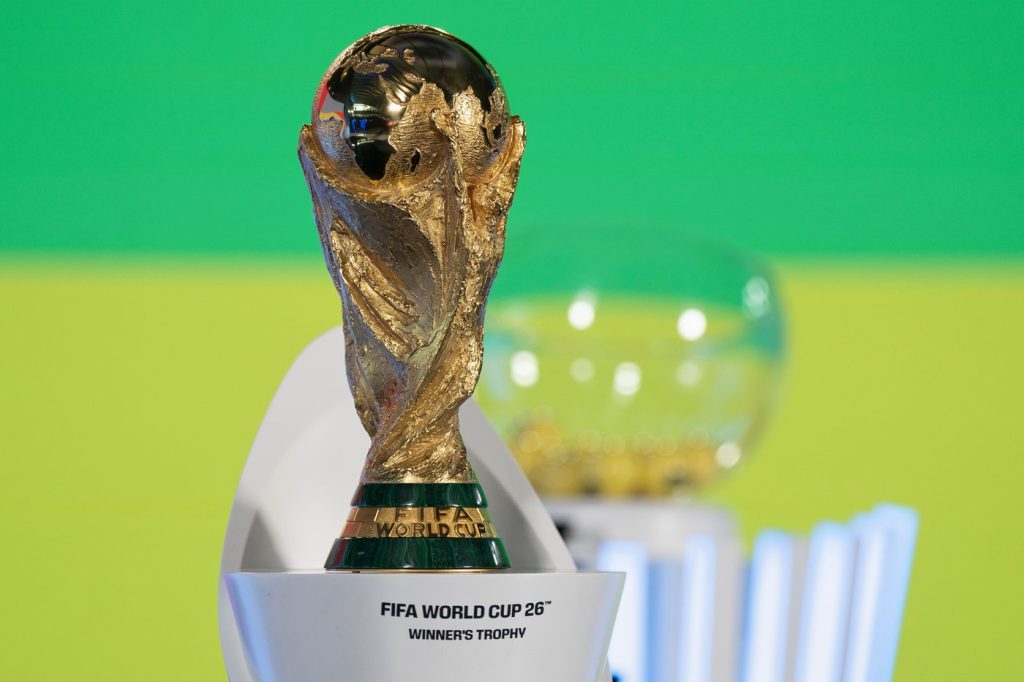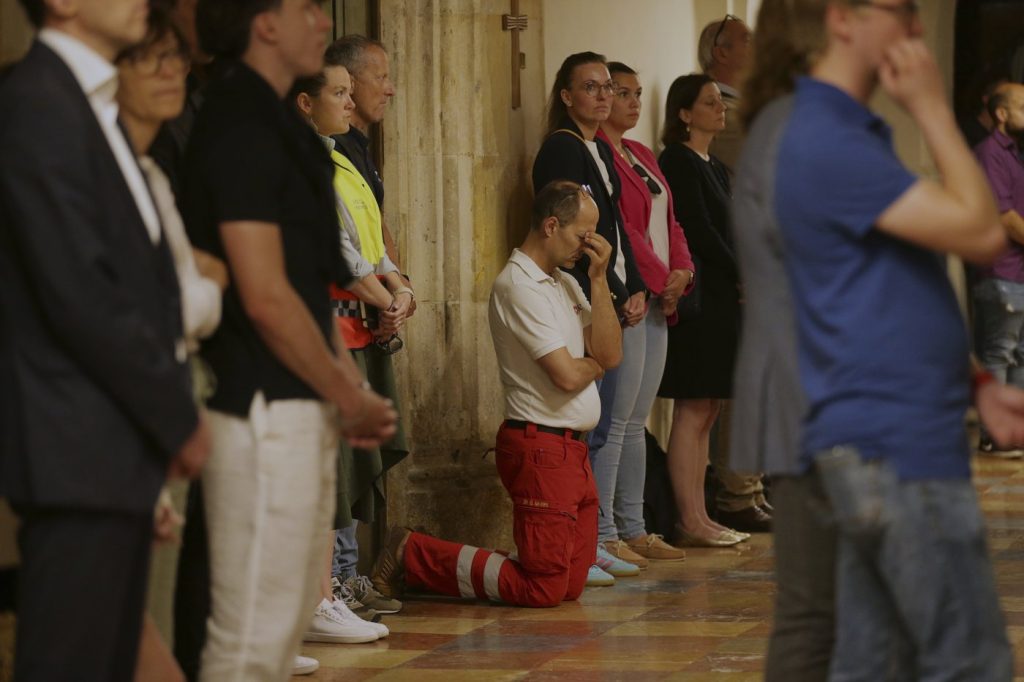As the largest World Cup in history approaches, set to take place in 2026 across 16 stadiums in the United States, Mexico, and Canada, many crucial details remain undisclosed by FIFA, including general ticket sales, seat prices, the draw's location, and security arrangements. This lack of transparency leaves fans uncertain about their ability to attend. Out of the 16 venues, 11 are located in the U.S., which will host all matches beginning from the quarterfinals.
Security has emerged as a significant concern, especially after the 2024 Copa America final in Miami Gardens, Florida, which was delayed by 82 minutes due to security breaches. Alexi Lalas, a former U.S. defender and current Fox soccer analyst, emphasized that security measures will play a crucial role in determining the World Cup's success.
Compounding fans' apprehension, U.S. President Donald Trump's travel ban on citizens from 12 nations has raised questions about whether supporters from those countries will be permitted to attend matches. However, Vice President JD Vance recently assured that fans from around 100 nations are welcome, though he hinted at strict regulations for those who overstay their welcome.
The upcoming 2026 World Cup marks a significant return of the tournament to the U.S. for the first time since 1994. That tournament not only set an attendance record of 3.58 million fans for 52 matches but also played a vital role in igniting the growth of Major League Soccer (MLS). The MLS has since expanded to 30 teams, focusing on developing soccer at the grassroots level across the nation.
Next year's tournament will uniquely feature 104 games, compared to the 64 from previous tournaments. The U.S. stadiums selected are primarily NFL venues equipped with upscale luxury suites and club seating. This World Cup will also be the first organized by FIFA without a local organizing committee, highlighting an evolution in how these major events are managed.
U.S. Soccer Federation CEO JT Batson emphasized the legacy initiative behind the 2026 World Cup, aiming to ensure that soccer is accessible to everyone in America. The aim is to allow every American access to soccer facilities, promoting inclusion and participation in the sport.
Interest in soccer has surged in the U.S., evidenced by viewership numbers, as the Premier League averaged 510,000 viewers per match on NBC in the previous season. However, the traditional broadcasting landscape is evolving, making it challenging for American soccer leagues like MLS to compete for viewers' attention. FIFA’s forthcoming plans aim to strengthen the sport’s presence and accessibility across various media platforms.
The 1994 World Cup saw ticket prices ranging from $25 to $75 for regular matches and up to $475 for the final. In contrast, FIFA has not disclosed pricing strategies for the upcoming tournament, though general ticket information is expected to be announced in the third quarter of this year. Hospitality packages are already available, with prices for exclusive attendance at matches, such as those at MetLife Stadium including the final, starting from $25,800 to $73,200 per person.
FIFA appears to be exploring variable pricing models for ticket sales and has faced inquiries about their forthcoming Club World Cup ticket arrangements. Notably, significant logistical coordination is required, as MLB schedules are being adjusted to avoid conflicts with the World Cup matches. This cross-sport planning demonstrates the extensive operational requirements necessary for a successful event.
The World Cup, while an opportunity to celebrate soccer on an international level, is seen as part of a broader development strategy for the sport within the U.S. Continued interest in soccer, including engagement with leagues like NWSL, reflects a growing trend that could enhance the sport's viability and popularity in the coming decades.












